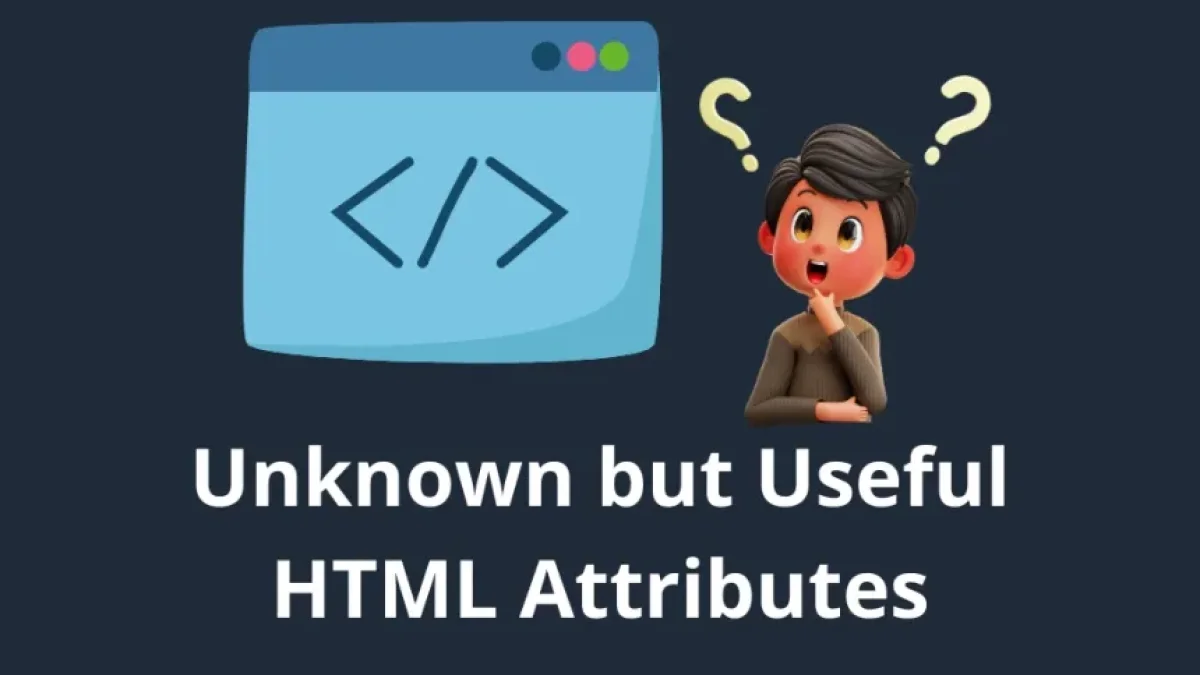How to Optimize Web Font Loading to Improve Your Site's Performance


The loading speed of a website is a critical factor for user experience and SEO. One of the elements that can significantly affect this speed is web fonts. In this article, we will explore effective strategies to optimize web font loading, thereby improving your site's performance.
Why is it Important to Optimize Web Font Loading?
Web fonts play a fundamental role in the aesthetics and readability of a site. However, they can also be one of the main factors that slow down page loading. This is especially true if you use multiple fonts or weight styles. Slow loading not only affects user experience but can also negatively impact search engine ranking (SEO).
Impact on SEO
Google considers site loading speed as a ranking factor. A site that loads quickly is more likely to rank higher in search results. Additionally, optimized performance can reduce bounce rates and increase the time users spend on the page.
Strategies to Optimize Web Font Loading
1. Font Selection
The first measure you should consider is the selection of fonts. Here are some points to keep in mind:
Read also
- Limitations on Fonts: Use only the necessary fonts. The more fonts and styles you use, the more resources the browser has to load.
- System Fonts: Whenever possible, choose system fonts that do not require additional loading. These are typically available on most devices and do not require download time.
2. Use Appropriate Formats
Font formats can also affect loading speed. Consider the following:
- Modern Formats: Use font formats like WOFF2, which offer superior compression and are compatible with most modern browsers.
- SVG Fonts: For logos or icons, consider using SVG fonts, which are scalable and lightweight.
3. Asynchronous and Deferred Loading
Implementing asynchronous or deferred loading techniques can enhance performance:
- Asynchronous Loading: Allows fonts to load in the background while the rest of the content is displayed. This prevents blocking the initial render.
<link rel="preload" href="path/to/font.woff2" as="font" type="font/woff2" crossorigin="anonymous">
- Deferred Loading: You can load fonts only when they are needed, for example, for text styles that are out of view. This can be done using JavaScript or CSS.
4. Preloading and Precaching
Preloading fonts helps the browser have them ready before they are needed. Use the following techniques:
Read also
- Preload: Add a preload attribute in the HTML to signal the browser to load the font before it is needed.
- Cache-Control: Configure your server headers to ensure that fonts are cached, thereby minimizing load time on subsequent visits.
5. CSS Optimization
CSS also plays an important role in font loading:
- Remove Unused CSS: Tools like PurifyCSS or PurgeCSS can help you eliminate unused styles, reducing the size of the CSS file that needs to be loaded.
- Minification: Be sure to minify your CSS to reduce its size and speed up loading.
6. Useful Tools and Resources
To assist you in font optimization, consider using the following tools:
- Google Fonts: Offers a range of optimized fonts that you can use for free. You can select versions that best fit your needs.
- Font Squirrel: Allows you to find high-quality free fonts and provides tools to convert and optimize fonts.
- GTmetrix: Evaluates your site's speed and offers recommendations on how to improve it, including font loading.
Conclusion
Optimizing web font loading is crucial for enhancing your site's performance. By following the strategies mentioned, you will not only improve loading speed but also provide a smoother and more satisfying user experience. Remember, efficient font loading will contribute to better search engine rankings and increased user time on your page.
By implementing preloading techniques, carefully selecting fonts, and optimizing CSS, you can create a more efficient and appealing website. Don’t underestimate the impact that good optimization can have on the success of your site!



















